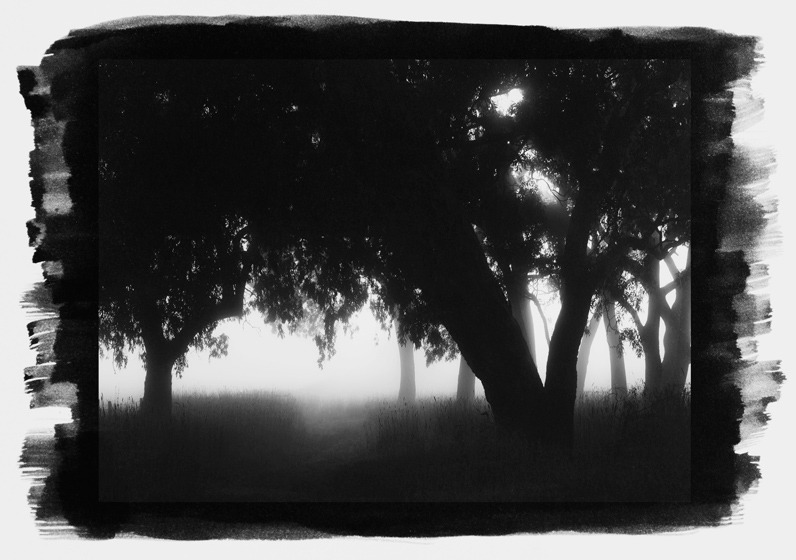 Originally posted by jon404
Originally posted by jon404 
Digitalis -- sounds fascinating... and expensive. What is the cost per print? Put up with me... I haven't developed film since the mid-1970s, and I'm imagining you scraping little bits of metal off a platinum coin, and then making some kind of paste to smear on the paper. Would also appreciate a link to a good source of info about your process. The ability to fix an image that will stay for hundreds of years -- that's special.
A 16X20 platinum print will cost you about $4,500. Hardly anyone can print at that size because platinum prints are nearly always a contact print, traditionally the negative is placed in an open frame along with a sheet of printing paper, and exposed to ultraviolet light (usually from the sun) - 8X10 format and larger formats can be used to do this, however I own an enlarger with an ultraviolet light source and an appropriate super-apochromat lens to print my works, so I can go far beyond the standard paper sizes if I wish. Unfortunately the purified platinum emulsion I keep separated into two separate restrainer / activator, solutions because mixing up the two parts and leaving them exposed to the air for a few days can lead to violent detonation. The emulsion itself is quite thin and has a distinct blue colour due to the precursor compounds that get broken up when exposed to ultraviolet that leads to elemental platinum forming in the fibers of the printing paper- instead of just the surface of the paper like you get with gelatin silver prints.
Here is an example of one of my platinum prints:

I use a brush to give each image a unique border, Each image is produced in a limited edition of 10 prints due to the fact that the estar base the film emulsion rests on is attacked by exposure to UV. To limit damage to the negative, I limit the number of prints I make from it. I do get reproductions made of each image, these reproductions are created from a scanned image and printed using a monochrome inkjet printing process known as piezography which uses elemental carbon to form the image - Carbon should be as chemically inert and robust as platinum itself.


 Similar Threads
Similar Threads 





 Or, you can just say: Because I can.
Or, you can just say: Because I can. 















